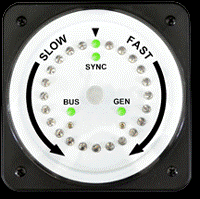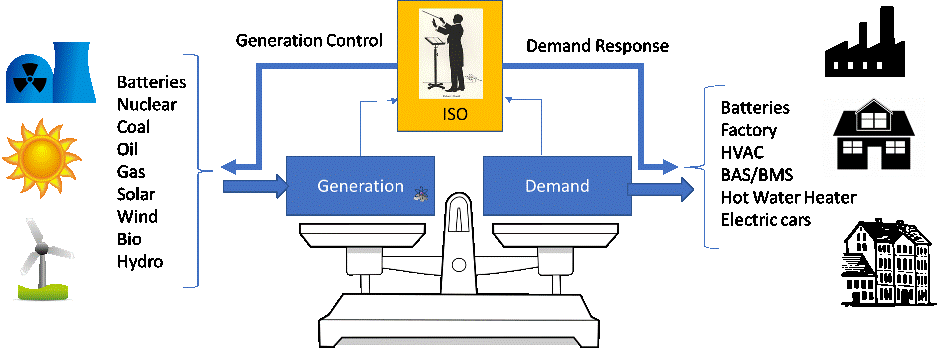

A smart city needs a reliable electric grid with clean power. Our banking, commerce, and communications all depend on reliable, low-cost electric power and digital technology is a key enabler. Our electric grids have come a long way from the first central power station, the highly successful direct current Pearl Street Station in Manhattan that had electric lamps for 85 customers in 1882. However, our current electric grids are still expanding and evolving. Some rural areas are getting electric power for the first time using microgrids with local generation. New microgrids are increasingly being connected and aggregated for connection to larger grids. The State Grid in China is building the world’s first 1.1-million-volt transmission line, from the Xinjiang region in the northwest to Anhui in the east. This will deliver the equivalent output of 12 large power plants over nearly 2,000 miles (3,200 kilometers), sending 50% more electricity 600 miles further than anything that’s ever been built.
Government regulators, grid operators, and utilities have created market structures to maintain or increase the reliability of electric power while allowing competition intended to keep down the cost of power. As a result, some gas power plants only operate to meet peak loads and are idle 95% of the time. Such plants might participate in a 10-minute market and when the grid operator sends an electronic dispatch command, they must be able to go from a cold start to full rated power in 10 minutes. During that startup procedure the turbine speed is matched to the grid frequency using a synchroscope to transition from island mode to grid-connected mode. Failure to make rated load in 10 minutes results in financial penalties.

Large central power generation and large gas-fired peaking units are still a critical part of all but the smallest grids. Coal and nuclear generation are in decline with solar, wind, and gas generation dominating new generation capacity and new grid-scale batteries enabling microgrids and nanogrids. Non-dispatchable renewables, combined with new digital substation and microgrid control systems, have increased the feasibility to expand demand response markets beyond the large industrial users that already coordinate with utilities and move into regulating loads in commercial buildings and individual residences. Involving commercial and residential buildings in demand response requires modern digital control systems, communications, and coordination between the assets and asset owners with electric grids. This smart city application could provide real value but realizing this value has some challenges.

Aggregators can play a role here by allowing the smallest of generators or loads to participate in the grid control. Aggregators have been active in the tiny DC PV/battery systems in rural India as well as planning and organizing VPP (virtual power plants) that can coordinate many residences to act as a single grid entity.
Consider the SolarEdge trial in the UK that is developing the software and communications for a cloud-aggregated virtual power plant using residential or C&I (commercial and industrial) battery storage as part of a smart energy management system. A company called Sonnen is currently involved in a project in Arizona that involves 2,900 homes with solar panels and a battery. Projects of this type are in the trial stage and require the cooperation of the distributed electric network operator. All stakeholders need to benefit from this type of system including the local grid operator, the utilities involved, the aggregator, and all the asset owners involved.
Demand response for smart cities clearly has value for increasing electric power reliability, but we are only now starting to figure out how to structure the applications. This is a great opportunity for aggregators, equipment suppliers, building automation suppliers, substation and microgrid control system suppliers, battery suppliers, system integrators, utilities, regulators, gird operators, and smart city administrators to coordinate the many stakeholders involved. Demand response applications can provide the same kind of value as gas fired peaking units if implemented at scale with technology and market rules that compel participation.
Several sessions at the upcoming 2019 ARC Industry Forum in Orlando, Florida will discuss these types of smart city applications. Check out the latest Forum agenda here to learn more.

